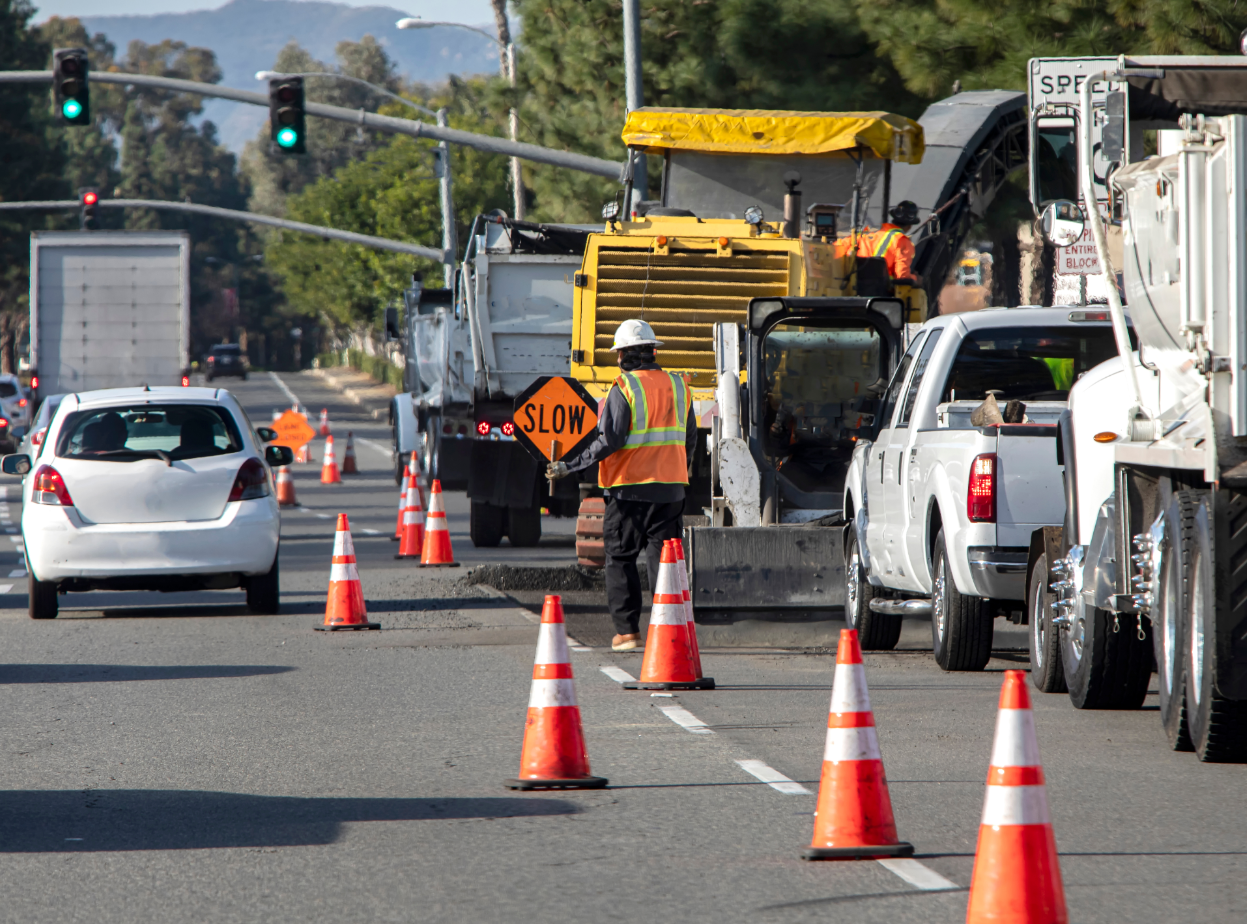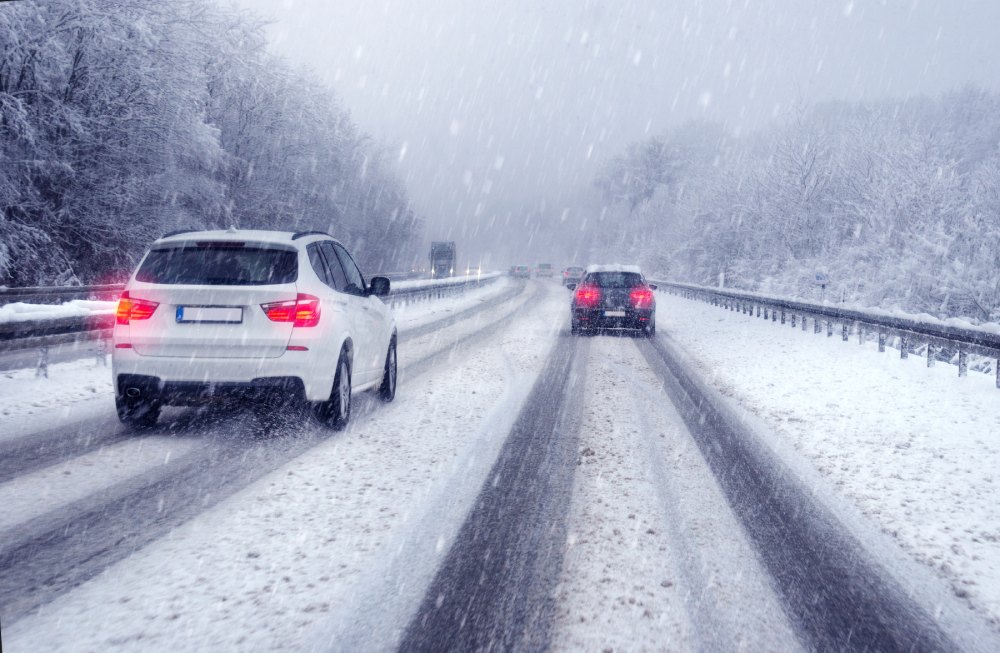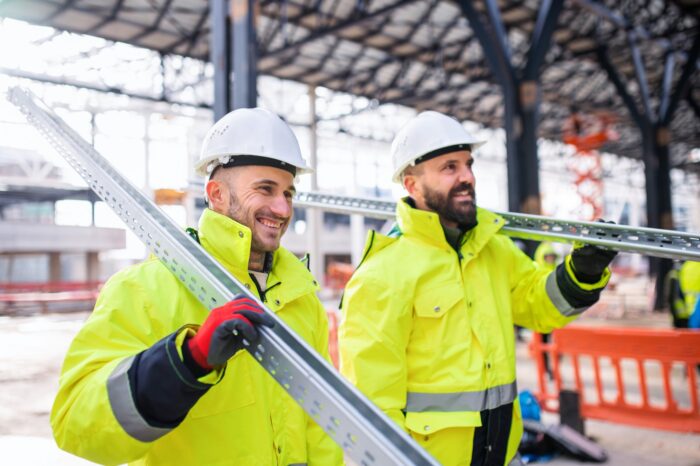
Work Zone Safety: Tips to Stay Safe on the Road
Warmer spring temperatures bring with them an increase in roadway projects across the county as we kick off construction season. And while you may not appreciate the inevitable traffic delays and slower speed limits in these areas, work zones are necessary to protect those working onsite and drivers navigating through them. To better raise awareness of the associated hazards of work zones, National Work Zone Awareness Week kicked off in 2000 and this year runs April 26-30, 2021 with the goal to prevent accidents and improve work zone safety. This year’s theme is, “Drive Safe. Work Safe. Save Lives.”
The Importance of Work Zone Safety
According to the U.S. Department of Transportation, vehicle crashes resulted in 842 fatalities in roadway work zones in 2019 — an 11.2% increase from the year prior where 757 fatalities occurred. This figure is the largest statistical jump we’ve seen this century, highlighting the need for work zone safety as an important part of injury/accident prevention.
When it comes to planning out a work zone, a one-size-fits-all model should not be used. Instead, each site should be viewed independently to ensure proper protections for work zone safety are met. Common safety measures include optimizing layout, installing temporary traffic control devices or signs, mandating the donning of high-visibility apparel, and ensuring sufficient lighting is maintained.
Even with these protective measures in place, it is a motorist’s duty to keep work zone safety on top of mind. Although road construction and repair account for most roadside worksites, the following practices could be applied to most anyone, especially emergency response personnel (e.g. police, firemen, EMTs, and spill response crews).
Playing Your Part in Work Zone Safety
Plan Ahead
The first step you can take to improve work zone safety is to be prepared before you hit the road. Reviewing current traffic conditions before you start your route allows you to plan for delays or possibly avoid traveling through a zone all together.
Stay Alert
While behind the wheel, focus your attention exclusively on roadway safety. Distractions such as cellphone use, eating, drinking, or messing with the navigation while driving can divert your attention from your intended path of travel. Additionally, recognizing the signs of fatigued driving are also important when it comes to protecting yourself and those around you. Each year, roughly 3,000 deaths result from crashes involving distracted drivers and another 100,000 reported crashes occur from fatigued driving. When paired with operating a vehicle in a work zone, the significance of safe driving is even more pertinent.
Practice Safe Driving
Work zone safety is best maintained when vehicles passing through such zones practice safe driving techniques. These areas tend to lead to congestion and erratic starts and stops in traffic, so maintaining an appropriate speed and following distance of those ahead of you is crucial.
Pay Attention to Signs and Signals
As roadway work progresses, the work zone may change. These changes are most often communicated through traffic signs, electronic signals, barrels, or flaggers and may result in new traffic patterns. Don’t assume the signs and signals will be the same as they may be ever-changing.
Be Mindful of Other Vehicles
Work zones oftentimes mean narrow lanes of travel, sudden stops, and uneven road surfaces. This can be quite a challenge for drivers, even more so for those driving buses, large trucks, and oversized vehicles. Extra precautions should be taken by all drivers as the risk for blind spot slipups and maneuverability constraints is high. Laden vehicles may also need more time to stop due to their weight and should never be cut off.
Stay Safe
There’s nothing more important than safety at EnviroServe — for our teams, their families, and our community. Please drive safe and protect those in your care. For more information on work zone safety, visit the National Work Zone Awareness Week website.




